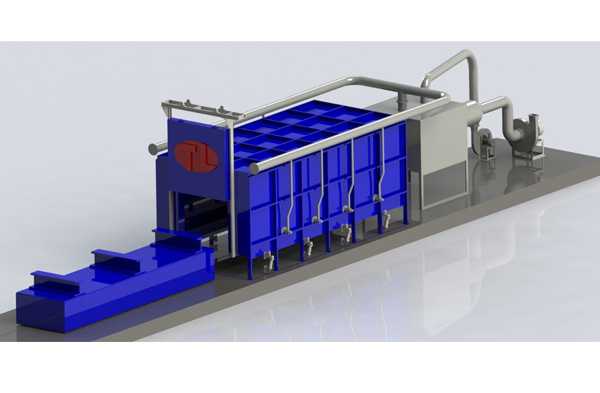Design considerations for heat treating
Mar.02,2017
In addition to the metallurgical factors, successful heat treating involves design consideration for avoiding problems such as cracking,distortion, and nonuniformity of the properties throughout the heat-treated part. The rate of cooling during quenching may not be uniform, particularly in complex shapes having varying cross-sections and thicknesses; this nonuniformity may produce severe temperature gradients in the part. Nonuniformity can lead to variations in contraction, resulting in thermal streses that may cause cracking of the part; furthermore,nonuniform cooling causes residual stresses in the parts,which can lead to stress-corrosion cracking. The quenching method selected,the care taken in quenching, and the selection of a proper quenching medium and temperature are,consequently, important considerations.
As a general guideline for part design for heat treating,sharp internal or external corners should be avoided; otherwise, stress concentrations at these corners may raise the level of stresses high enough to cause cracking. The part should have its thicknesses as nearly uniform as possible;also,the transition between regions of different thicknesses should be made smooth.Parts with holes,grooves,keyways,splines,and asymmetrical shapes likewise may be difficult to heat treat, because they may crack during quenching. Large surfaces with thin cross-sections are likely to warp. Hot forgings and hot steel-mill products may have a decarburized skin(loss of carbon);as a result,they may not respond successfully to heat treatment.


